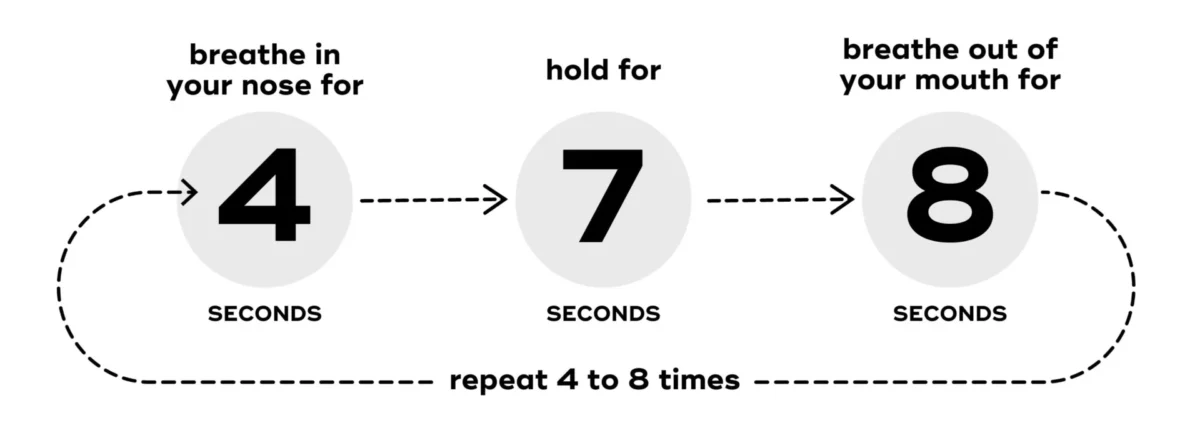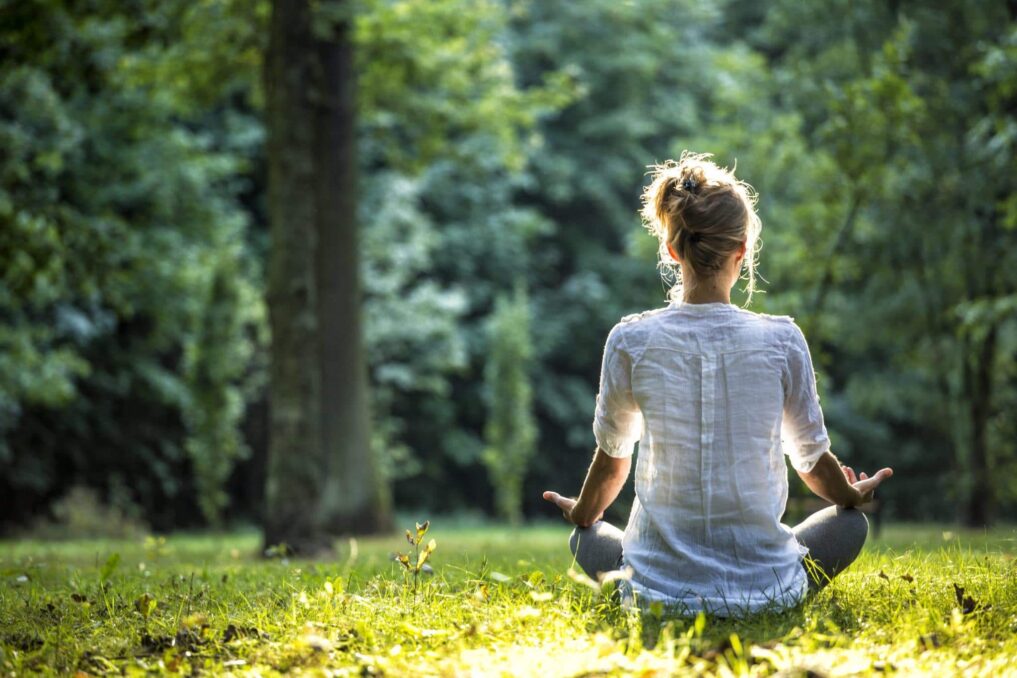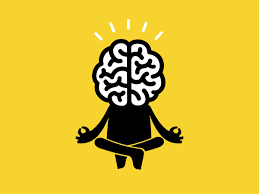Sleep is a haven for humans like Peter Powers and cartoons such as Nobita. Sound sleep is a power button to enliven and rejuvenate our mind and body. It is a regular practice to restore our energy tanks to face the rising sun every morning.

Unfortunately, this dream trip to La La Land doesn’t come easy to everyone. Some people struggle every night trying to fall asleep. Sleep can become a source of dread for people who count hours looking out of the window until it turns morning while watching others sleep soundly.
There could be various reasons why some people keep tossing and turning on their beds through the need. Their sleep cycle depends not only on the work they do but also on the food they eat.
Various factors that can directly influence your sleeping rituals, some of them can be: the work or activity you do throughout the day, your mental well-being, physiological health, and your bedtime routines and environment.
Now let us discuss some of the relaxation, breathing and meditation techniques that can help you improve your sleep cycles.
Relaxing Breath- A Sleep-inducing Breathing Technique
‘Relaxing Breath’ is a breathing technique and a modern makeover exercise of an ancient breathing asana known as Pranayama. This breathing technique helps you sleep like a baby as it ensures that your heart rate is normal and you’re not feeling any discomfort while falling asleep.
Relaxing Breath also helps you keep your anxiety and stress levels under control and thus this exercise lets you sleep peacefully. This technique is also popularly known as the 4-7-8 method.

The technique was adopted in 2015 by Dr. Andrew Weil, a well- recognised medical practitioner for his medical reforms in the fields of drugs, alternative medicine and medicinal herbs and plants. One of his popular works is Spontaneous Happiness-Step by Step to peak emotional well-being, a book written by him in 2011.
How to perform the ‘Relaxing Breath’ technique?
Preparing yourself comes first before trying any new relaxation or meditation technique. You must learn the proper procedure to start with any kind of exercise.
Do not forget to take precautionary advice from your doctor if you are a patient with asthma, pulmonary hypertension or any other respiration-related disease.
Step 1- Position your tongue in such a way that it touches the ceiling and front teeth of your mouth. Hold your tongue in that position for the time you are performing this technique.
Step 2- Exhale deeply from your mouth.
Step 3- Now, inhale through your nose while keeping your lips sealed for 4 seconds.

Step 4- You have reached the central point of the technique where you’ll have to hold your breath for exactly 7 seconds.
Step 5- Exhale through your mouth while counting 8 seconds on your fingers. You’ll observe a sound of whooshing due to the placement of your tongue.
Mindfulness Meditation may have the cure for your Insomnia
You must have heard about meditation plenty of times. Since ancient times yoga gurus and meditators have enjoyed the benefits of meditation.
Scientists have always been intrigued by the health impacts of proper meditation on our health, mind and body. Longevity is also one good example of its several boons.
Those who inculcate virtues of meditation and mindfulness in their daily lives savor the joy of good mental and physical well-being. This is a powerful combination to help you reevaluate and rekindle the many secrets of nature, environment and thoughtfulness.

‘We are what we eat’ but we are also what we think. Mindfulness draws you into the present moment, it is a practice that helps you declutter any negative thoughts and feelings. Mindfulness is the way of learning to live in the present and basking in a state of gratitude and serenity.
The glorious combination of mindfulness and meditation can help you put a stop to the ruminating and anxious thoughts in your head. It helps you groom both mindfully and spiritually.
You connect with yourself and learn to acknowledge the thoughts that bother you or lower your vibrations. This technique makes you self- aware and conscious of yourself and your surroundings. It alters positively rearranges your outlook on life.
How to perform Mindfulness Meditation?
You don’t require heavy equipment for this practice but you do require a light and tolerant mind to perform this technique smoothly.
People can sometimes get carried away while meditating and lose track of time, so make sure you are not missing out on too many things going on in the physical world and set an alarm if needed.

Step 1- Find a quiet place or room to practice meditation. If you’re at home, you know that cozy corner. Get yourself seated on a comfortable chair or a sofa.
Step 2- Focus on your breathing. Notice the frequencies, sensations, and calmness of your whole body. Relax your hands, and joints, and close your eyes for a better experience. Feel the temperature or heat of your breath when you inhale and exhale. Restrict your thinking to the flow of air passing your body.
Step 3- You witness several thoughts passing inside your head like a stream of river. Stay calm and witness the flow of your thoughts, notice the direction they are leading you into.
Are they positive or negative? Don’t give too much thought to that. Just let them reel in your mind.

Step 4- If you feel you are losing control over yourself and are getting entrapped in a negative thought cycle. Regain your concentration towards the flow of your breathing.
Don’t become judgmental and observe your thoughts without any bias. Treat the feelings of anxiety, fear, guilt and regret kindly with a kind and composed mind.
Step 5- Some people like to plug in headphones and play calming meditative music on them. You can do that if the music helps you relax your nerves.
Scented candles and chanting mantras are other ways to get into a meditative state of mind. These are instrumental and not necessary. You do what suits you the best.













